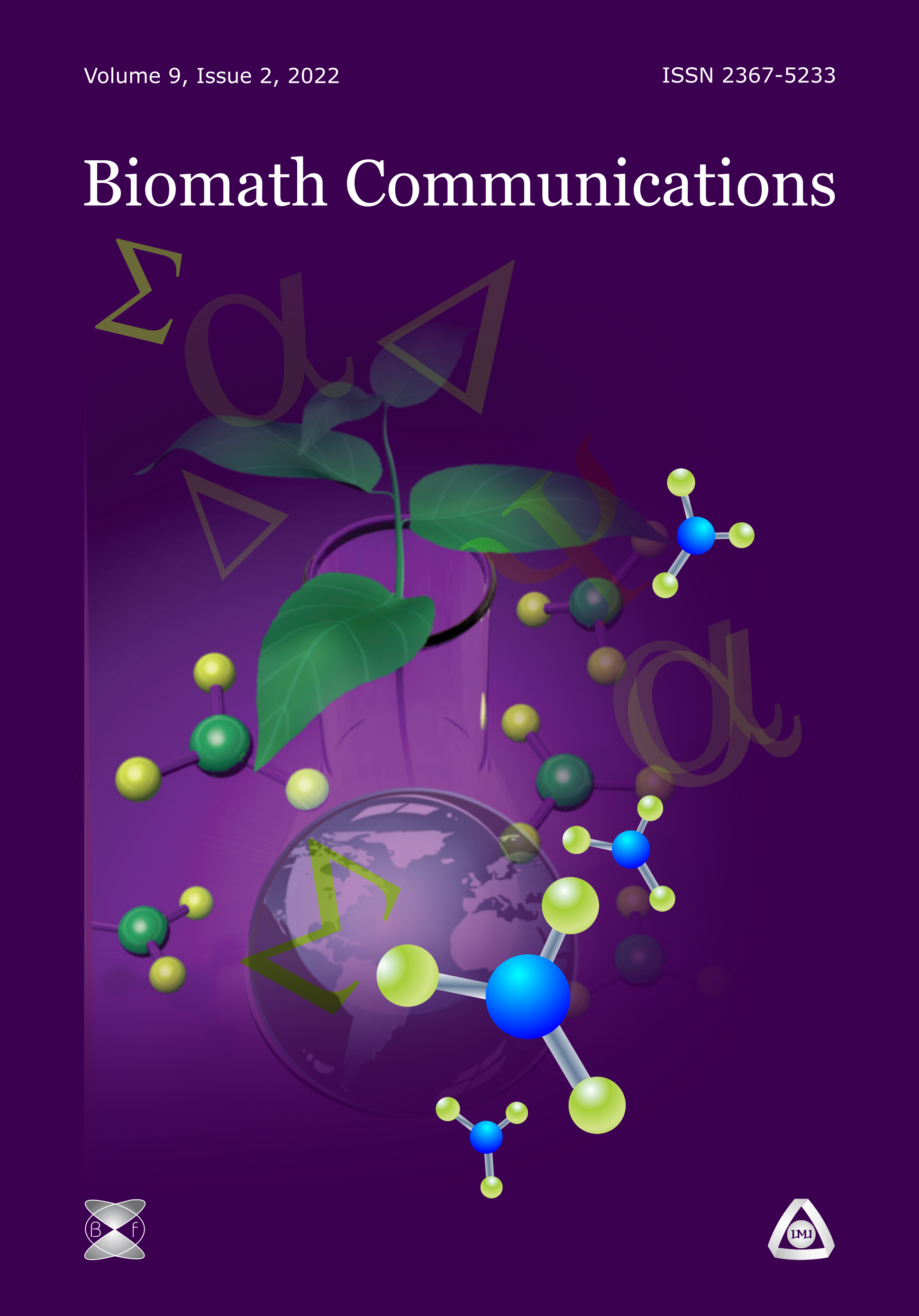Designing Non-Immunogenic Protein Drugs
DOI:
https://doi.org/10.11145/261Abstract
A fast growing list of protein drugs is the hallmark of the modern pharmaceutical industry. Since many of them are used to replace decient ordefective endogenous proteins, they enter the patient's organism as immunologically unknown and highly immunogenic antigens. The antibodies they elicit ultimately inhibit the function of the drug and compromise thetreatment. Thus, the optimization of protein drug treatment involves dealing with the so far unknown problem of drug immunogenicity. Not allpatients develop anti-drug antibodies and not all anti-drug antibodies areinhibitory. Apart from predicting better the risk for each patient, the efforts are directed also to producing less immunogenic protein drugs. Forthe monoclonal antibodies this means, most of all, to ensure that the constant part of the molecule is from human origin. For others, it is relatedto hiding parts of the molecule with a cloak of an inert polymer like PEG.The core of the problem, though, is the immunogenicity of the very proteinmolecule. Many groups focus on reducing the intrinsic immunogenicity ofthe protein by introducing mutations that make it invisible to the immune system. Obviously, such an approach carries the risk of aecting the function of the drug and the algorithm for deimmunization necessarily includespredictions and tests of the activity of the mutant drug. A brief description will be presented of the philosophy and approaches used in the developmentof an in silico algorithm for deimmunization of coagulation factor VIII used in the treatment of hemophilia A. Availability and performance of immunogenicity predicting tools, strategies for selecting the number and positions of the sites for mutations and the acceptable replacements as well as tools for prediction of the functional consequences of the introduced mutations will be discussed. Many constraints make this optimization problem hardand, possibly, without solution. Therefore, several additional methods will be considered at the end as failsafe strategies. These include the Epivax Janus matrix algorithm for identifying and designing dominant tolerogenicepitopes as well as epistatic networks for reducing the functional impact ofthe introduced mutations.Downloads
Published
Issue
Section
License
The journal Biomath Communications is an open access journal. All published articles are immeditely available online and the respective DOI link activated. All articles can be access for free and no reader registration of any sort is required. No fees are charged to authors for article submission or processing. Online publications are funded through volunteer work, donations and grants.
Authors who publish with this journal agree to the following terms:
- Authors retain copyright and grant the journal right of first publication with the work simultaneously licensed under a Creative Commons Attribution License 4.0 that allows others to share the work with an acknowledgement of the work's authorship and initial publication in this journal.
- Authors are able to enter into separate, additional contractual arrangements for the non-exclusive distribution of the journal's published version of the work (e.g., post it to an institutional repository or publish it in a book), with an acknowledgement of its initial publication in this journal.
- Authors are permitted and encouraged to post their work online (e.g., in institutional repositories or on their website) prior to and during the submission process, as it can lead to productive exchanges, as well as earlier and greater citation of published work (See The Effect of Open Access).

